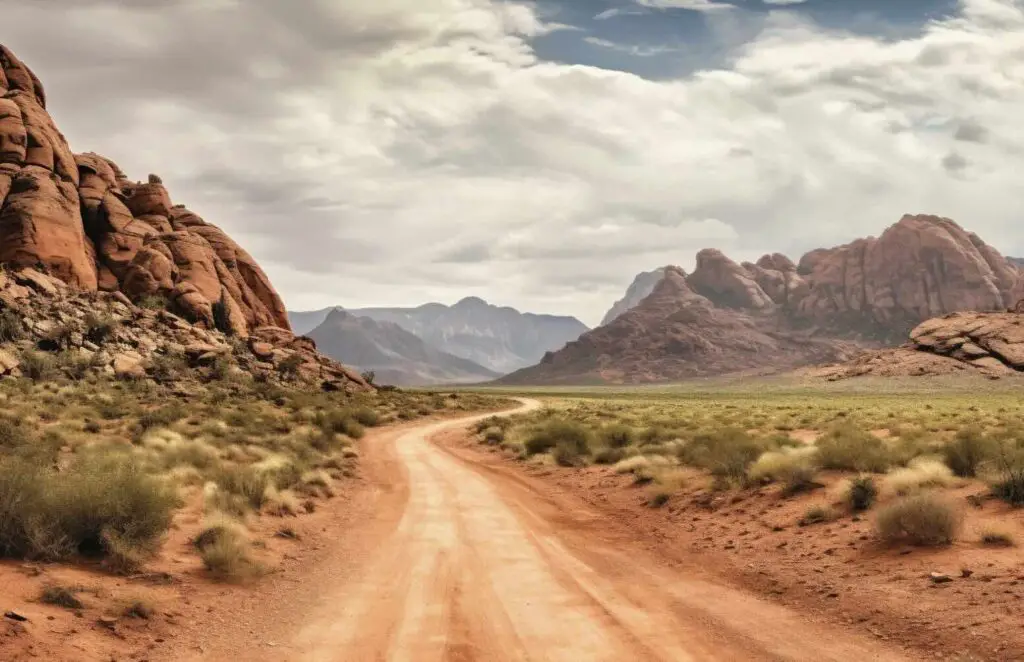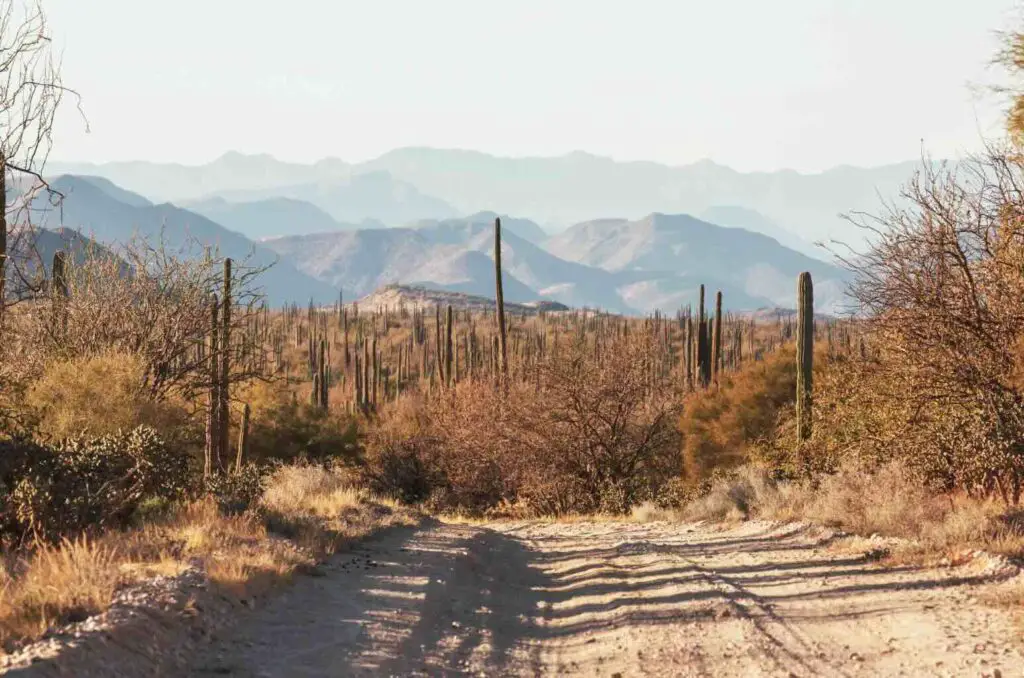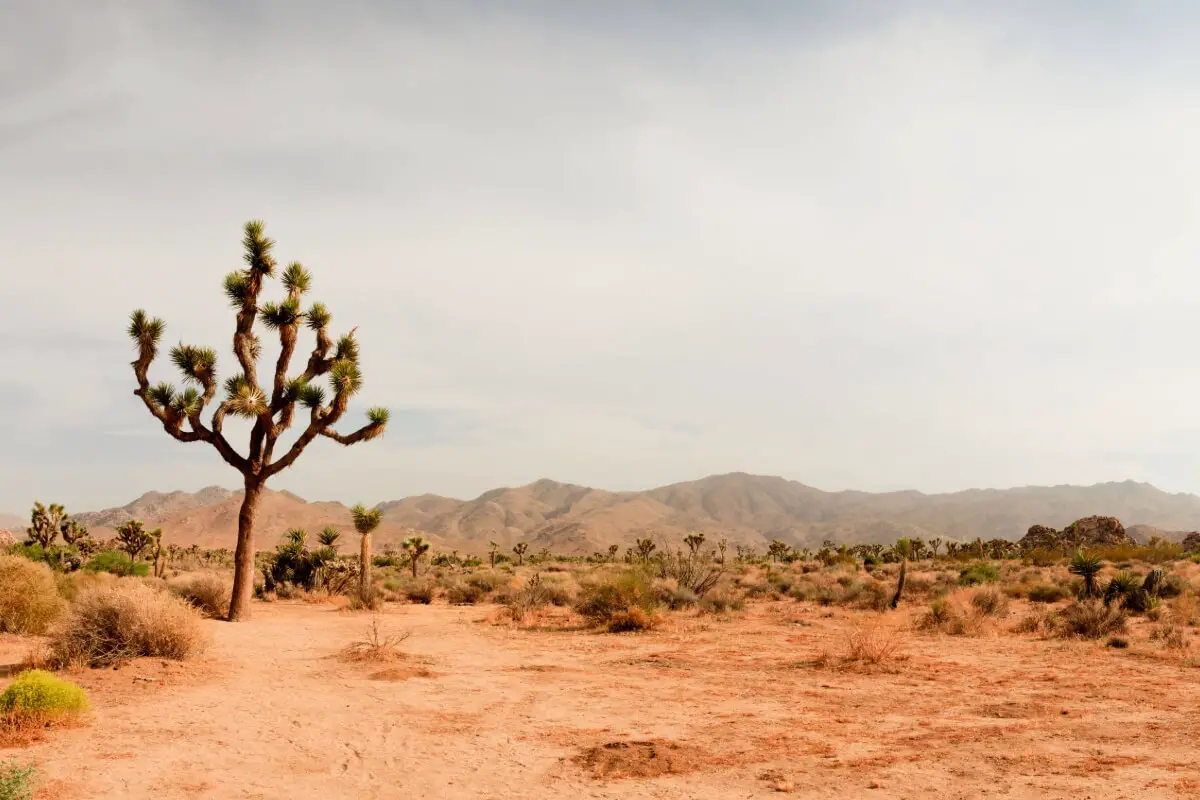When we think of North American landscapes, images of lofty mountains, sprawling forests, and expansive coastlines may spring to mind. Yet, beyond this obvious beauty lies a fascinating, breathtakingly beautiful, yet harsh wilderness: the North American deserts.
These are not just expanses of barren land but diverse ecosystems teeming with life and brimming with cultural hues. As we journey across these sandy realms, we encounter many geological wonders, unique plant and animal life, cultural artifacts, and unforgettable travel experiences, all bound by a common thread – the resilience of life under the harshest conditions.
Table of Contents
- Understanding The Geography of North American Deserts
- Unraveling The Rich Biodiversity
- Delving Into Cultural Significance and History
- Related Questions
Understanding The Geography of North American Deserts
Greetings, fellow wanderers! Imagine a place where the sun paints an ever-changing portrait on the canvas of the sky, where the silence speaks volumes about life’s resilience, and where your spirit is set free instead of infinite horizons.
We’re talking about the enchanting deserts of North America—an epitome of beauty and bounty. Let’s embark on a digital journey through these incredible landscapes and discover the captivating features that set these wastelands apart. Keep those wanderlust hearts aflutter, pack your virtual sunscreen, and let’s plunge in.
Intriguing Biodiversity
Pack away those images of barren lands and mind-numbing emptiness. One of the quintessential characteristics of North American deserts is their jaw-dropping biodiversity—from prickly, rust-colored cacti to the tenacious Creosote bush and from the elusive Kangaroo rats to the iconic roadrunner.
Every plant and animal found here has mastered the art of survival amidst extreme weather conditions, giving rise to a unique ecosystem teeming with life. One finds a great lesson in adaptation in these deserts, where life thrives despite apparent inhospitality.
Multifaceted Climate
Speaking of climate, North American deserts love keeping you on your toes. One might think these locations are synonymous with nothing but scorching heat, but there’s more to the story.
By night, they turn into a chilling ambiance where temperatures may plummet below freezing point—painting a stark contrast with the day. This dramatic diurnal temperature variation is a feature that both challenges and charms those who explore this terrain.
Distinct Zones
Often compared to a mosaic, North American deserts are divided into four distinct zones: the Chihuahuan, the Mojave, the Great Basin, and the Sonoran, each offering its flavors.
The Sonoran desert, for instance, is the most biodiverse and boasts of the intriguing Saguaro cacti. The Mojave, meanwhile, is famed for being the driest, housing the Death Valley, where temperature records have been set. The Great Basin is the coldest, and the Chihuahuan is the largest.
Remarkable Geology
North American deserts also host some of the most picturesque landscapes sculpted by nature’s invisible chisel. Dunes humming with wind, surreal salt flats, eroded canyons displaying Earth’s timeline, and a diverse collection of other geological phenomena are all part of the grandeur of these deserts. Each rock layer unveils a chapter of Earth’s enchanting history and evolution.
Graced by the human touch
Besides their natural attractiveness, North America’s deserts are adorned by signs of human presence, whether in ancient petroglyphs, historic trails, or modern art installations. These traces of civilization amidst wilderness whisper captivating tales of how humanity has traversed and interacted with these lands.
So, there it is—the magical world of North American deserts laid bare, rich in diversity, seeping with stories of survival, and simply mesmerizing in their vastness.
Is there a better playground for an adventurer? Probably not! Dismiss those pre-conceived notions of desolate wastelands and prepare to be awe-struck by the marvels these sandy expanses hold within their folds. Until then, happy (virtual) traveling!

Unraveling The Rich Biodiversity
Hidden Life Bloom in Arid Plains: Your Nature Guide to Deserts
Button up your parka, top off your water bottle, slather on that SPF 50, and prepare for a journey into the heart of the world’s most mesmerizing and misunderstood ecosystems. We’re talking about deserts – expansive landscapes teeming with mesmerizing flora and fauna adapted to survive the unrelenting sun, scorching heat, and desiccated soil.
Flora: Green Amidst Golden Sands
Contrary to common belief, deserts aren’t all barren dunes. They flaunt a vibrant palette of resilient life forms, each designed uniquely by nature to outlast the desert sun’s onslaught. Cacti, for instance, reign supreme in these arid terrains. Their thick, waxy skin and hollow interiors act as onboard water reservoirs. You’ll spot their silhouettes on every desert horizon, from towering saguaros in Arizona to diminutive prickly pears in Australia.
Similarly, plants like agave, aloe, yucca, succulents, and the legendary Joshua Tree embody the spirit of adaptation, sporting thick fleshy leaves to store water. Their roots flow shallow, spreading out wide underneath the desert surface to drink every possible drop when it rains, while their thick exteriors defy evaporation.
Fauna: Stealth, Speed, and Survival
As you pierce more deeply into the deserts, stay vigilant, for the desert animals are masters of camouflage. Gila monsters, desert tortoises, and kangaroo rats call the deserts home. These creatures often feature adaptations like nocturnality, digging, and reduced water needs, allowing them to flourish in the harsh climate.
Overhead, watch out for the jeweled dance of hummingbirds, vermillion flycatchers, and roadrunners against the azure desert sky. Their agility and speed are survival tools, helping them dodge predators and cope with the punishing heat.
Look for the unique tracks of fennec foxes, dune lizards, and the jerboa on the sandy terrains. These desert dwellers have evolved long limbs or extravagant ears, helping them swiftly navigate the heated desert floor or serve as radiators to release body heat.
Even as the sun dips below the horizon, the desert pulses with life. Nocturnal hunters like coyotes, owls, and scorpions emerge to rule the night, capitalizing on the reprieve from the sun and the abundance of prey.
In Conclusion
Landscapes often deemed barren and lifeless teem with exceptional creatures and plant life adapted for survival, creating a symphony of life against the odds. Next time you step into those sandy wanderings, remember to appreciate the perseverance and tenacity of these desert dwellers. Each desert breathes a unique rhythm and thrives as a testament to the resilience and adaptability inherent in nature.

Delving Into Cultural Significance and History
Welcome to the intriguing saga of North American deserts. The sands of time narrate tales of how these arid terrains influenced local cultures and ingrained themselves into history.
Culture Rising from the Sands
Indeed, the rich tapestry of local cultures owes much to these expansive, sun-drenched landscapes. The Native American tribes who first graced these desert expanse, such as the Navajo, Hopi, Hualapai, and Havasupai, have lived in sync with these unforgiving terrains for centuries.
Their cultures, legends, and life philosophies are intertwined with their desert homelands. Take, for instance, the Hopi Snake Dance, an intriguing ceremonial dance to pray for rain, or the Navajo sand paintings reminiscent of the intricate red sandstone patterns of the desert.
The austere environment has also tinted the architectural style of the desert regions. Adobe and Pueblo-style houses reflect an adaptation to and respect for the desert climate, with their thick walls offering a cool respite from the blazing sun. And don’t miss out on the iconic Spanish missions, remnants of the Spanish colonial era, offering a different kind of oasis amidst the desert.
Historical Significance: More than Just a Heap of Sand
Throughout history, the North American deserts have served as barriers and pathways. The challenging terrain acted as a natural boundary during colonial times, shaping the region’s political geography. At the same time, trails crossing the desert, like the Old Spanish Trail, became lucrative trade routes.
Their historical importance also shines through in many significant archaeological sites unearthed in these deserts over the years. Petroglyphs, pottery shards, and ancient dwellings like those at Casa Grande in the Sonoran desert or Mesa Verde in the Colorado plateau offer glimpses into the complex societies that once thrived here.
And let’s not forget the macabre allure of those ghost towns – deserted mining centers now silent spectators of a frenzy that once gripped these lands during the gold and silver rushes of the 19th century. Visit places like Rhyolite or Bodie and surrender to the eerie charm of these desolated relics of a bygone era.
Decoding the Desert Spirit
So, next time wandering spirits are captivated by the serene beauty and solemn silence of North American deserts, remember that these seemingly barren landscapes are teeming with tales of cultural richness and historical significance. The desert spirit is a tribute to resilience, etching life and culture onto the sands of its arid yet awe-inspiring expanse.
Unearth these intricacies with every grain of sand swept by the wind, every ancient rock formation standing sentinel under the vast sky, and every flora and fauna that makes its home in these harsh conditions. The beauty and stories of the desert await. Happy journey!

Much like a hardbound book with a modest cover, the North American deserts, at first glance, may seem bleak and monotonous.
Yet, those who delve deeper into its pages, be it the raw natural beauty, the rich biodiversity, the compelling history, or the inspiring travel experiences, will discover a remarkable narrative of resilience, adaptation, and distinct vibrancy.
These deserts are not just arid landscapes but living museums of nature that continue to enchant, inspire, and educate us about our planet’s innate ability to survive and thrive under the most challenging circumstances.
They beckon the curious, the adventurous, and the nature-lover to explore, learn, and, most importantly, respect and protect these priceless ecosystems for future generations.
At A Bus On A Dusty Road, we talk about travel, life, and ex-pat living. We are all about “Living Life As A Global Citizen.” We explore social, cultural, and economic issues and travel.
We would love to have you be part of our community. Sign up for our newsletter to keep up-to-date by clicking here. If you have any questions, you can contact me, Anita, by clicking here.
Listen to our Podcast called Dusty Roads. You can find it on all major podcast platforms. Try out listening to one of our podcasts by clicking here.
Subscribe to our A Bus On A Dusty Road YouTube Channel with great videos and information by clicking here.
Related Questions
Is It Safe To Visit Mongolia? Staying Safe While Traveling Mongolia
Mongolia is generally safe to visit, but any traveler should take specific safety precautions when traveling in Mongolia. There are areas in the city you should be extra cautious when traveling. Also, if you are out in the countryside, there are safety concerns you need to be aware of.
By clicking here, you can discover Is It Safe To Visit Mongolia? Staying Safe While Traveling Mongolia.
What To Buy At The Mongolian Black Market (Naran Tuul)? What To Know
One of the fascinating places to visit in Ulaanbaatar, Mongolia, is what the locals call the black market (Naran Tuul). Though the black market’s name sounds like this market may be a shady place – filled with shady characters – along with illegal or counterfeit goods – it is not. Going to visit the black market is definitely worth your time.
By clicking here, you can discover What To Buy At The Mongolian Black Market (Naran Tuul)? What To Know.
Why You Should Bring Binoculars On Your Trip To Mongolia?
When planning my Mongolia trip, one of the items they had on my list was a pair of binoculars. That was also one of the items I decided that I would ignore and not worry about to save space in my suitcase.
By clicking here, you can discover Why You Should Bring Binoculars On Your Trip To Mongolia?.


